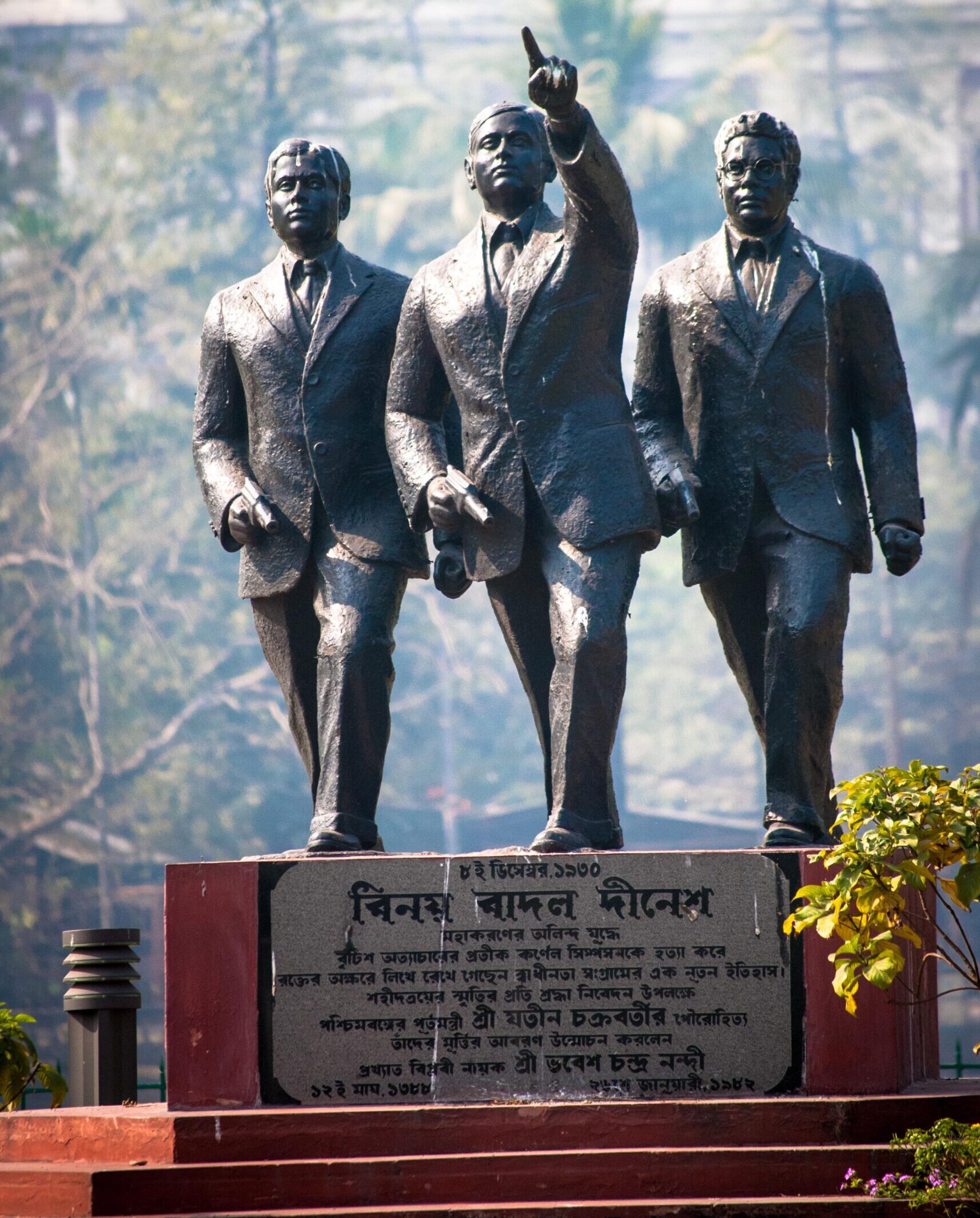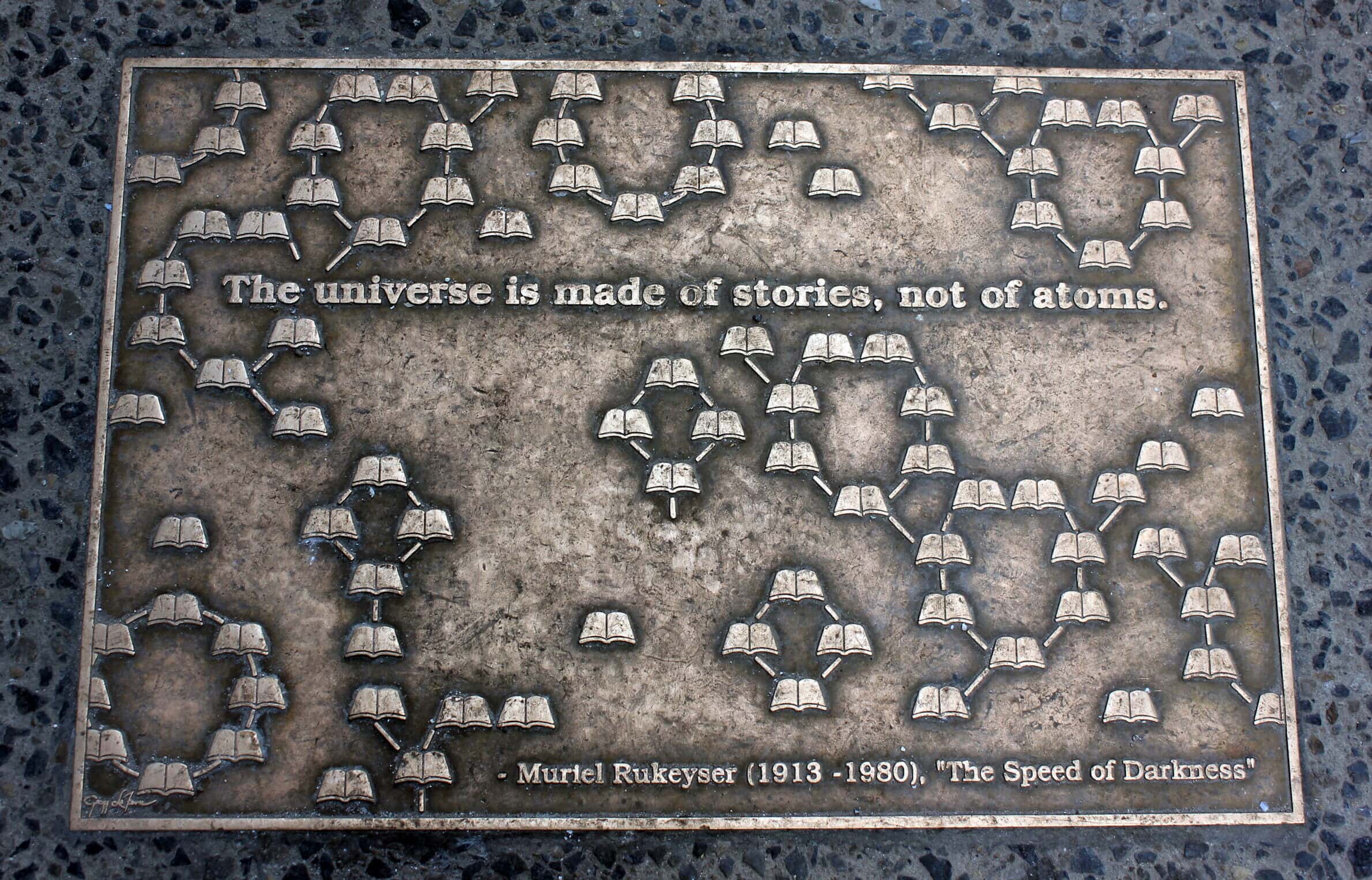A few years ago several scholars were observed hunched over an interesting old map, attempting to identify it and place it in a context. After a while one stood up, stretched, and repeated a refrain he had often made to his students, “No map can answer all the questions it raises.” That imitation, of course, is also an advantage. History, in its essence, is more inquiry than resolution. Maps can suggest fresh questions that deepen our insight. They can be bold and stark as images, and yet often appear as quite ordinary artifacts. Their simplicity, however, may be only a surface appearance, simplifying a complex environment while covering many layers of meaning.
Historians use maps as both primary and secondary sources. When a class is shown a 12th-century mappae mundi to illustrate the medieval view of the world, the teacher is treating the map as a text, a voice from the past that students are encouraged to engage in discourse. In this sense, the map functions as a primary source. In the same classroom a student report might refer to a map to show the location of certain cathedrals, a route of pilgrimage in northern Italy, or the pattern of forests and cleared land in the Rhine Valley. These maps are used as secondary sources. Students can be encouraged to suggest situations in which the same map is used as both a primary and a secondary source. Even a modem map showing Europe during the High Middle Ages is a primary source if it is used to document the history of teaching or textbooks. When students learn to look at every map as a text drawn to transmit information, ideas, and values to a particular audience, they have unlocked a great door to cartographic understanding. To help students find this key it is useful to look, in general terms, at how maps might serve the teaching of history.
Common sense and conventional wisdom suggest that maps might be gainfully employed in many history courses. I have found that they are most effective when they appear regularly in a course, in a variety of types. They can be used for a number of instructional purposes but should always be accompanied by appropriate commentaries by students or instructors. In terms of regular appearance, cartographic materials can be found in textbooks and incorporated into lectures, discussions, and student papers or projects. They can also be pinned on bulletin boards. Instructors should look for maps that can be used throughout a course, from the syllabus to the final examination.
Variety
Using a variety of maps requires explanation. Cartographic diversity comes in several forms, the first of which is scale. World, hemispheric, continental, and regional maps have a small scale, a ratio of image to reality so tiny that the details of the landscape cannot be seen. But the small scale enables these maps to cover a lot of territory f showing global or regional relationships. On the other hand, largescale maps of settlements, battlefields, disputed boundaries, transportation corridors, or industrial complexes, because they present a more detailed picture, are useful when discussing social relationships, military tactics, or economic changes.
Maps made for purposes other than showing general physical features and political entities can add to cartographic variety in a classroom. Route maps made for travelers of long ago, estate plans, insurance maps showing the details of 19th-century cities, and newspaper maps of current events are all grist for the historian’s mill. Diversity might also be achieved by using historical maps that show change over time. Designed to indicate some movement or development of historical importance, they may focus on people (migrations, dispersion, exile, or congregation), knowledge or ideas (discovery, diffusion, re-mission, exploration, and branching), or goods (trade, exploitation, transport, or the processing of materials).
Arrows can indicate the general direction, location, and size of the movement. Or a series of maps might be used, each having an identical base, but a different date. Viewing the series in chronological sequence shows the spatial aspects of historical developments. Change over time can also be indicated by shading, different colors, or isopleths—lines on maps that connect points of similar value, such as where a cholera epidemic reached within one week after a reported outbreak in a city.
Using maps in different forms can enhance cartographic variety in classrooms. Traditional wall maps are found on rollers at the top of the chalkboard, folded into file-size covers, or rolled into tubes. Sometimes cartographic images are projected from slides, transparencies, laser discs, or computer memories. A globe or a three-dimensional relief model might be used in a history class. Each of these forms suggests an instructional mode in which students focus their attention on the same map while someone—the instructor or a student—provides a commentary connecting the map with the lesson.
Individual study maps for students provide another alternative. These might be outline maps where students add data to bring the map to life in a pedagogical sense. Study maps can be supplied to students, individually or in small groups, to provide an example of the general topic under discussion: neolithic villages or early industrial cities, for instance. This allows the instructor to make some general comments and have students document the generalizations on their maps. Or, the instructional process might be turned around as small groups of students generate observations and questions on the basis of a set of maps while the instructor melds comments and queries into a pattern of explanation.
The Practice of Instruction
Maps can be used for almost any instructional purpose. The following suggestions on using cartographic materials in history classrooms are intended to generate ideas and stimulate reflection.
- Illustration is probably the most common role for cartographic materials. They are called upon when needed to point out a location ortrace a route. In this function they are held up for a minute, pressed into service, and then quickly dismissed.
- Using a map as a springboard is a variant of the illustrative function. Here the image launches a lecture or discussion and is retired once the topic gets under way. A class on the Age of Reform in America, for example, might start with one of Joshua H. Bussell’s maps of a Shaker settlement. These are splendidly reproduced in Robert P. Emlen’s Shaker Village Views (1987).
- A particularly suggestive map might be displayed to provide a focal point for the lesson. A discussion of the Roman Empire in a Western civilization course could profitably focus on the Peutinger Map, showing the imperial road system extending throughout the Mediterranean world. Or the map might not be the central focus, but could serve as a constant reference to provide details for an extended narrative or analysis.
- A series of maps showing boundary changes or variations in land use from place to place might be used for comparison. The maps could serve as piers upon which to build a continuous span of narrative or analysis. A series of maps showing the political division of the Americas in 1775, 1800, 1825, and 1850 would help beginning students put together topics that are often treated in separate lectures or even courses. Maps encourage synthesis and, if one moves over time, larger patterns begin to emerge.
- Any map can be analyzed as a primary source to document a historical theme or to synthesize points in a discussion. Using a map from a typical community of the period under study is an excellent way to tie together topics in social, political, and cultural history. The maps of London by Charles Booth or of Chicago by Hull House residents of the 1890s were designed to highlight certain characteristics of the city, but they shed light on many other topics as well. Moreover, the physical layout of the urban environment shown on the maps provides a matrix into which many topics of the usual urbanization discussion can be placed.
- Maps as devices for synthesis make them useful pegs upon which to hang review-type lessons before an examination.
- A student-made map with a commentary can be a useful evaluation device at the conclusion of a course or unit of study. The selection or design of an appropriate map and, more directly, the composition of an explanatory text, is a creative way to measure a student’s mastery of the material. The map provides a means of expressing insights picked up from lectures, readings, and discussions.
- The interplay between maps and commentaries makes cartographic materials ideal for bulletin boards that transform drab classrooms into stimulating learning environments. These displays provide excellent opportunities for hands-on learning experiences in history classrooms and for exhibiting creative student work.
- Student essays, reports, and reviews all can be enhanced by including maps as illustrations or focal points. Since oral presentations by students can become unfocused and monotonous, centering each report on a me transparency and turning it into a commentary is a method for redeeming a useful learning activity that often gets bogged down in the slough of tedium.
- Including at least one relevant map in the course syllabus adds graphic interest to an essential instrument that often appears in drab dress. A striking map with a brief caption on the cover of a syllabus provides a geographic context for the course and an example for students to emulate.
- Map questions may be used in almost all types of examinations. Using a map launch an essay question is an effective way to monitor a student’s ability to analyze a document and synthesize information. Two examples will suffice. American history students could be given a cartogram showing, by relative size, voting power of the states in the electoral college in the 1980s and then asked to use the map to tell the story of presidential politics during the decade. Similarly, students in a world history course might be given a map showing Sir Halford Mackinder’s view of the world in 1904 and asked to use it to illuminate the story of the 20th-century contest for power among nations. (There is a danger, of course that map questions might lapse into simply being significant places. Obviously, students need to know where places are located, but confining the use of maps to location geography limits their potential to test higher-order thinking skills like analysis, synthesis, and evaluation.)
- One or more carefully selected maps might be used to illustrate the connections between parts of the curriculum. At a time when critics are calling for links between disciplines, especially in liberal arts colleges, maps can be viewed from mathematical, technological, artistic, geographical, historical, and rhetorical perspectives. One could envision faculty members from different disciplines at a Phi Alpha Theta meeting commenting on the Hereford Map from the late 13th century L ‘Enfant’s plan for the national capital (1792 from various perspectives.
Commentaries
C R. Cheney, the English historian from a generation ago, made a comment about documents that captures the need for classroom maps to be fitted with appropriate commentaries. Documents, he observed, were like the proper little children of long ago who would speak only when spoken to and would not speak to strangers at all. Maps are the same way. One must know something before a map will speak at all, and then the viewer must initiate the conversation. The commentary is the distillation of that process.
Without discourse or commentary, a map becomes a mere decorative item, placed outside the instructional process. But once a student encounters it in a dialogue, the image is transformed into a complex and interesting informant. An instructor can show students how this is done by spending time in class expositing maps as primary sources, providing commentaries of various lengths from various points of view. But the goal might be more ambitious: to empower each student with the conversational skills to engage maps on their own. Whatever the goal, teachers and students can learn more from maps and improve their commentaries if they generate questions to ask or identify characteristics to look for when addressing maps.
The outlines below suggest two ways to inverse with maps. The first titled “A Map in Historical Perspective” offers some suggestions for analyzing a map as a primary source. The second, titled “A Map in Geographical Perspective” uses five fundamental elements to organize a discussion of the geography of the area represented. The first outline focuses on history’s contribution to cartographic understanding, while the second one reviews geography’s offering to historical understanding. When students begin to see all maps as two-way streets, offering historical as well as geographical perspectives, the goal of using maps in our classrooms will be achieved.
A Map in Historical Perspective
- The Map in Its Setting: (1) Who made it? (2) For what purpose? (3) For what audience? (4) When was it made? (5) Where was it made? (6) What sources were used to make it?
- The Form of the Map: How Was It Made? (1) Was it a manuscript or a published map? (2) In what type of publication did it appear? (3) What are its characteristics? (4) Is it accurate? (5) What is its technical quality?
- The Map in Its Families: Does the map belong to a group in terms of (1) place, (2) date, (3) maker or publisher, (4) function, (5) audience?
- The Map in Its Individuality: Identify (1) the map’s historical associations, (2) changes on the map, (3) the map’s provenance, (4) how the map has been viewed over time.
- Reading the Map: Explain (1) the direction or orientation of the map, (2) the map’s scale, (3) the map’s symbols or legend, (4) the projection of the map.
- Reading the Map: Explore the map’s (1) center and edges, (2) land and water areas, (3) boundaries and districts, (4) place names and nomenclature patterns (5) landmarks and hierarchies, (6) landforms, (7) routes, (8) land-use patterns, (9) decorative elements, (10) the implicit and explicit aspects of its role as a transmitter of culture.
A Map in Geographical Perspective
- Position on the Earth’s Surface: Locate the map’s subject in terms of (1) absolute location (latitude and longitude), (2) relative location (descriptive position).
- Physical Characteristics of the Place: What does it suggest about the particular place’s (1) atmosphere, (2) lithosphere, (3) hydrosphere, (4) biosphere?
- Human Characteristics of the Place: Describe its (1) economy, (2) social organization, (3) technology and material culture, (4) language, literature, and arts, (4) value system (beliefs and customs).
- Relationships within Places: Reflect on the past, present, and even future human environmental interactions characteristic of this place,
- Movement of People and Linkages: Consider (1) migration and travel, (2) the movement of goods and services, (3) the exchange of ideas and culture in the area.
- How Do Regions Form and Change? Describe the physical, political, cultural, and economic characteristics in regions indicated.
For Further Information
The best way to expand the corpus of cartographic materials available for use in the classroom is to explore books and atlases that provide both maps and historical commentaries. The best of these is David Buisseret, ed., From Sea Charts to Satellite Images: Interpreting North American History through Maps (1990). Here a dozen different types of maps are used to demonstrate the value of maps to students of the past. A Book of Old Maps Delineating American History by Emerson D. Fite and Archibald Freeman (1926) uses 74 classic maps. Its coverage ends with the Revolutionary War. The Historical Atlas of the United States (1988), published by the National Geographic Society, is filled with ideas as well as maps.
For Western civilization and world history courses, teachers would do well to consult the volumes of The History of Cartography, edited by J. B. Harley and David Woodward, as they are published. Two volumes have appeared so far. The first (1987) covers Europe and the Mediterranean world to the end of the Middle Ages. The second, issued in two parts (1992, 1994) focuses on cartography in traditional Islamic and Asian societies. Kenneth Nebenzahl’s Atlas of Columbus and the Great Discoveries (1990),broader in scope than the title might suggest contains useful commentaries.
For classroom use, three sets of transparencies by containing both primary and secondary source maps are available from HarperCollins. Discovering American History through Maps and Views (1991) contains 140 examples, each with a commentary. Similar collections are available for Discovering Western Civilization (1991) and Discovering World History (1992), the former done with David Buisseret.
Conclusion
“Everything,” teachers tell their students, “must be placed in a context, especially the context of time.” This dictum applies to maps as well as to other historical events and artifacts, and its realization is the historian’s major contribution to cartographic literacy. Maps are a fitting metaphor for the historical process itself. Mapping the past is what history courses are all about. Leaving cartography out of the range of documentary evidence used by historians limits what we can do. To neglect an analysis of maps as primary sources is to let them float free of a historical context and to ignore a major element of cartographic understanding. Putting maps into the context of time and using them to bring meaning to the past are two essential functions in the teaching of history. Both help us to see more clearly and, as Jonathan Swift observed long ago, “Vision is the art of seeing things invisible.”
Gerald A. Danzer, professor of history at the University of Illinois at Chicago, directs an M.A. program for teachers and has chaired the UIC Council for Effective Teaching and Learning.


